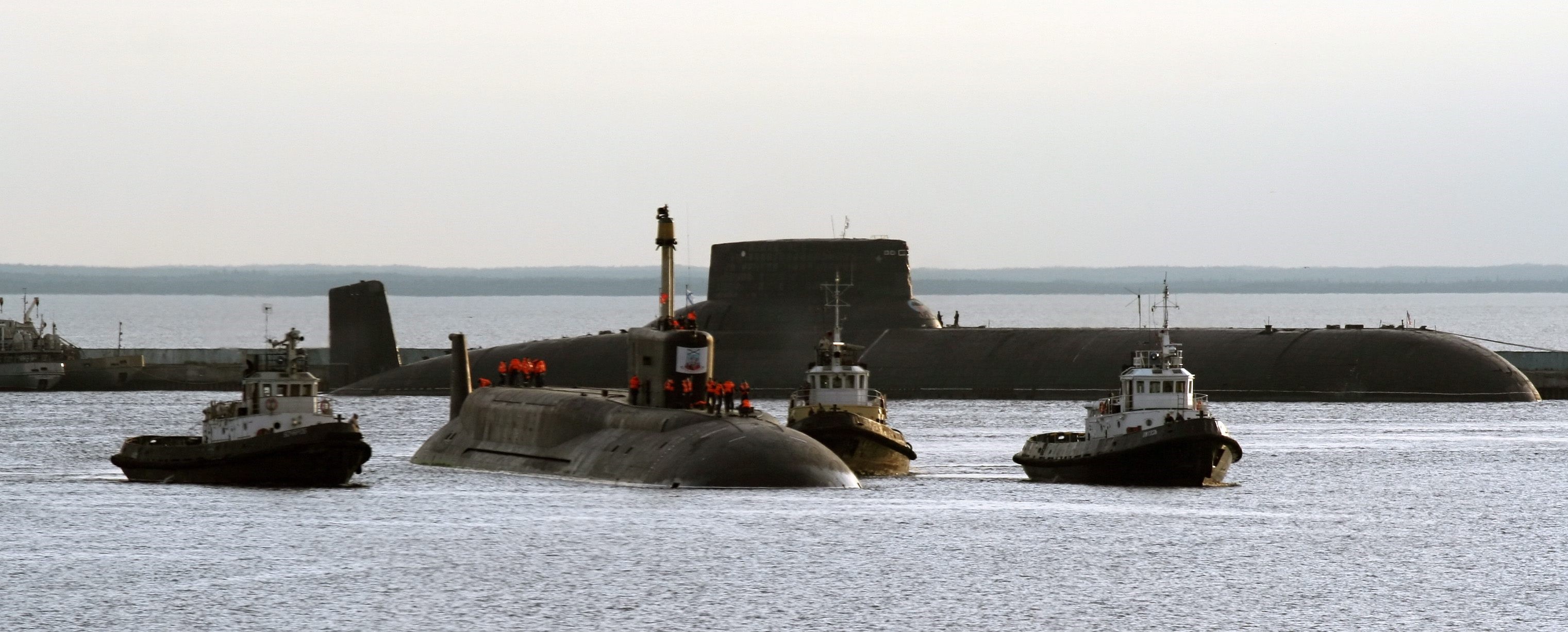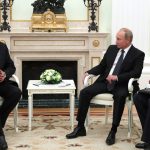RUSSIA MONITOR
Date: 5 July 2017
One Bulava does not make a summer
A successful test of the Bulava intercontinental ballistic missile, the first such test since last fall, does not mean the end of problems with weapons of this kind. And it is the Bulava that is to be the basic weapon used in the Borei-class submarines that are to become the foundation of Russia’s nuclear deterrence. This shows that Russia’s very ambitious armament and modernization plans are implemented with major problems and growing delays.

The most recent test of the Bulava submarine-launched intercontinental ballistic missile (SLBM) took place on June 26, but the Defense Ministry informed about its success two days later. The test was carried out by the Northern Fleet. One of the newest underwater cruisers in the Russian fleet, Yuri Dolgoruky, launched the missile from the Barents Sea. The cruiser was in the fully submerged position and the tested Bulava successfully hit the designated target in the Kura practice range in Kamchatka. This intercontinental ballistic missile of R-30 type is a sea equivalent of the land RS-24 Yars missiles. A single Bulava may carry up to 10 nuclear warheads for over 9,000 km.
This has been already the 28th test launch of the Bulava – as much as half of them have been a failure. This time the launch has been successful, but still there is no repeatability and the process of testing and preparations for service cannot be deemed completed. The previous test took place in September 2016 – two Bulavas were fired, also from the Yuri Dolgoruky submarine. One missile successfully reached its target, but the other one self-destructed during the first phase of the flight. Probably there was a breakdown or it was remotely detonated, because it got out of control.
The problems with Bulava have an impact on another armament program connected with it, namely the Borei submarine program. One of such submarines is Yuri Dolgoruky, used most frequently for testing the Bulavas. There are two more cruisers of this class in service: Alexander Nevsky and Vladimir Monomakh. Their total number is to be ten. In the first half of the 21st century, they are to become the foundation of Russia’s nuclear deterrence. Fuelled with nuclear power, the cruisers may carry 16 Bulava missiles – the main weapon of the Borei-class submarines. Without Bulavas, the Borei submarines are useless.
This, however, is not the only problem faced by Russians. New obstacles have emerged in another ambitious nuclear armament program, involving the Sarmata intercontinental ballistic missile (ICBM). Test launching has been delayed and will not take place before the last quarter of 2017. Theoretically, the missile may still be ready by 2020, as planned by the Strategic Missile Troops. Yet, the same plan assumed that the first missiles would be launched in 2015.
All texts published by the Warsaw Institute Foundation may be disseminated on the condition that their origin is credited. Images may not be used without permission.










